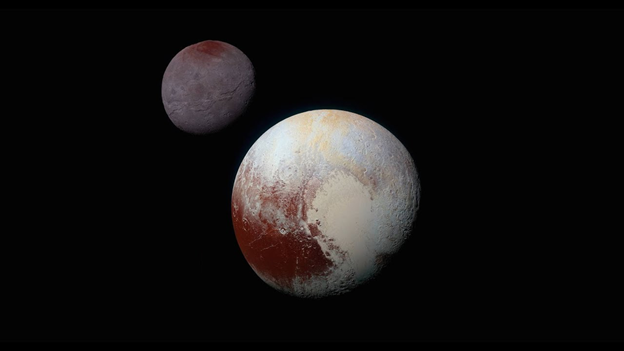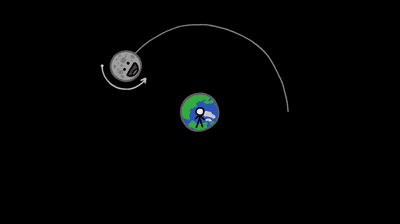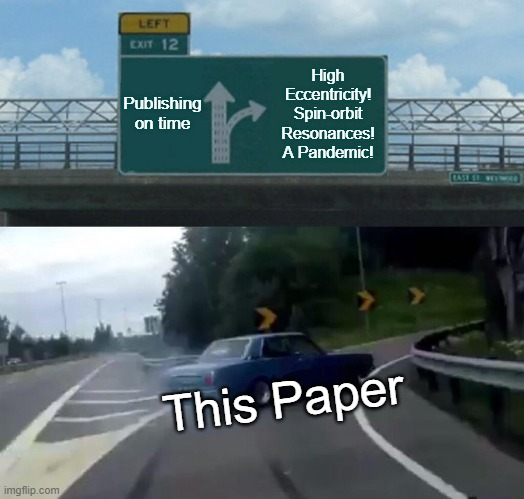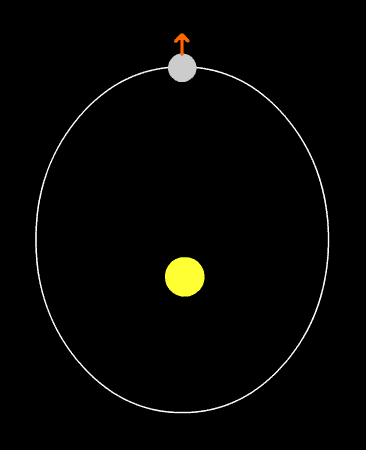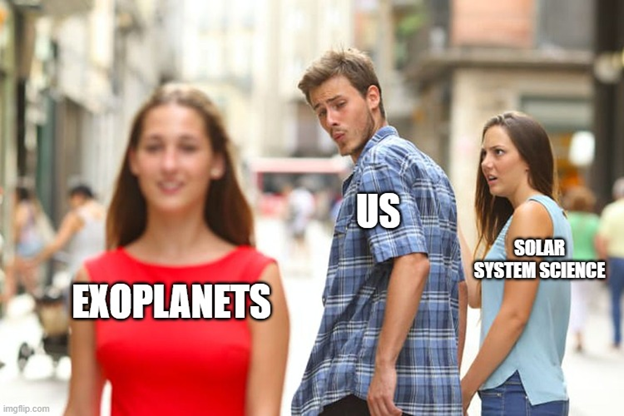Paper accepted!
You will be able to read about my latest research in an upcoming issue of PSJ ( @AAS_Publishing)! There is a preprint you can check out now all about tides on #Exoplanets and #Pluto!
https://arxiv.org/abs/2010.11801
Here">https://arxiv.org/abs/2010.... are some highlights…
#SciComm
 https://abs.twimg.com/emoji/v2/... draggable="false" alt="🧵" title="Thread" aria-label="Emoji: Thread">1/21 https://twitter.com/SpaceTides/status/1272561418295021569">https://twitter.com/SpaceTide...
https://abs.twimg.com/emoji/v2/... draggable="false" alt="🧵" title="Thread" aria-label="Emoji: Thread">1/21 https://twitter.com/SpaceTides/status/1272561418295021569">https://twitter.com/SpaceTide...
You will be able to read about my latest research in an upcoming issue of PSJ ( @AAS_Publishing)! There is a preprint you can check out now all about tides on #Exoplanets and #Pluto!
https://arxiv.org/abs/2010.11801
Here">https://arxiv.org/abs/2010.... are some highlights…
#SciComm
First, I want to thank my co-authors for their guidance, insights, and above all patience while we waded through a project that turned out more complex than we had initially expected. I believe the only one on here is @bagheriamirh 2/21
This project started with a question: How important were tides in maintaining / enhancing the volume of liquid water in the early history of #Pluto and other #KBOs? *Spoiler: We still don’t know* But we are closer to understanding! 3/21
To attempt to answer that question we had to delve into what the Pluto-Charon system looked like early in its history. This is still a hotly debated topic, but one formation theory suggests that both worlds may have had fast rotation rates and a very eccentric orbit. 4/21
Other tidal studies tend to equate the spin rate and orbital motion (called “tidal-locking”). For good reason: both Pluto and Charon are currently tidally locked, as is our own Moon! But they probably were not locked in their past, so we could not make the same assumption. 5/21
Studies that do look at the change in spin over time often simplify the tidal response of the world. But Pluto and Charon are made from ices, rocks (even radioactive rocks!) This stuff can respond to tides in unexpected ways. We wanted to make improvements here. 6/21
(Aside: I want to take a moment to point to some pioneering work in this area which was a huge inspiration: https://www.sciencedirect.com/science/article/abs/pii/S0019103511003320?via%3Dihub,
https://www.sciencedirect.com/science/a... href=" https://www.sciencedirect.com/science/article/abs/pii/S0019103514001687?via%3Dihub,">https://www.sciencedirect.com/science/a... https://www.sciencedirect.com/science/article/abs/pii/S0019103517300544?via%3Dihub,">https://www.sciencedirect.com/science/a... to name a few)
We were making great progress… and then I ran into @bagheriamirh who offered some great insights that made us rework how our model calculates tides at high eccentricity. I am so grateful for his help because the result is even more interesting. 7/21
The details would make this thread way longer, in short: High eccentricity leads to a chance that a world gets locked into higher-order spin-orbit resonances (or "SORs"). E.g., Mercury which rotates 3 times for every 2 orbits (its day is a 2/3 shorter than its year). 8/21
We knew this was a possibility, but what we didn’t realize is how complex the tidal dissipation equations needed to be in order to work for eccentricities as high as 0.6 or more. Once we started playing around with the model we found some cool things which leads us to… 9/21
#EXOPLANETS! We were working on a different project that began to overlap more and more with our Pluto work, and we wanted to see what this new tidal model could mean for short-period exoplanets. 10/21

 Read on Twitter
Read on Twitter
